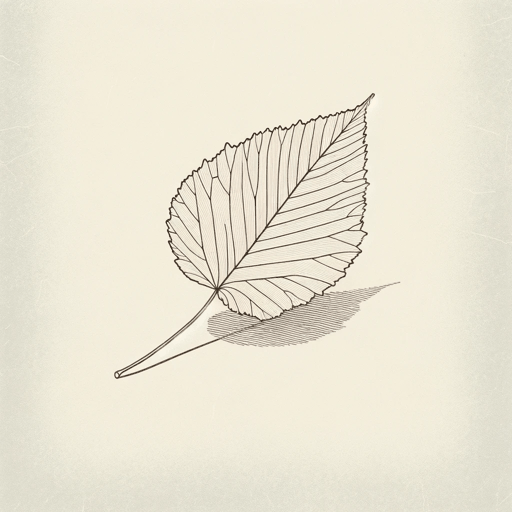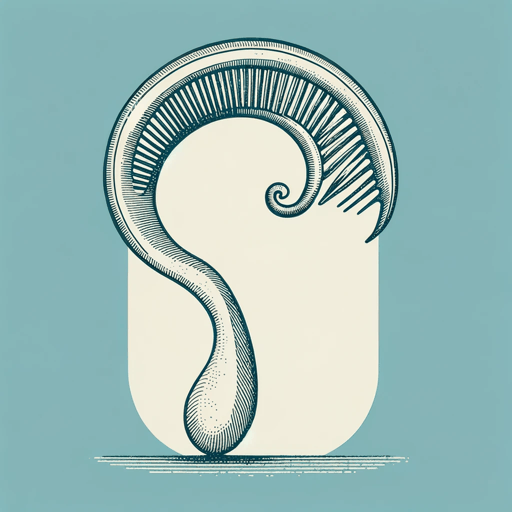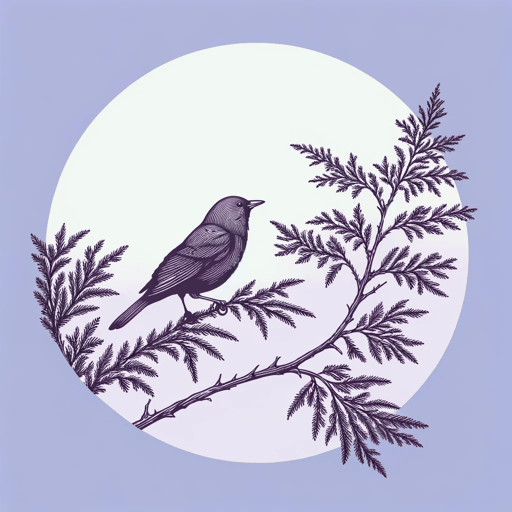24 pages • 48 minutes read
Wallace StevensSunday Morning
Fiction | Poem | Adult | Published in 1915A modern alternative to SparkNotes and CliffsNotes, SuperSummary offers high-quality Study Guides with detailed chapter summaries and analysis of major themes, characters, and more.
Symbols & Motifs
Birds and Wings
“Sunday Morning” is littered with avian imagery. The first bird appears in the form of “a cockatoo / Upon a rug” (Lines 3-4), whose “green freedom” (Line 3) helps to “dissipate / The holy hush of ancient sacrifice” (Lines 4-5). Just as quickly as it appears, however, the cockatoo’s wings are transformed from emblems of domestic contentment to “bright, green wings / […] in some procession of the dead” (Lines 9-10). The poem wrests the cockatoo back from transcendence in a following section, which recasts the “bright, green wings” (Line 20) as a “balm or beauty of the earth” (Line 21).
Wings are closely associated with Christian images of transcendence, with heaven and the angelic. However, the poem plays tug-of-war with this connotation, continually surrendering winged imagery to this association before reclaiming it as symbolic of the immediate, immanent, and natural. When the woman begins speaking to the poem directly, her question explicitly concerns birds: “when the birds are gone […] / where, then, is paradise” (Lines 49-50)? The poem responds, saying that no heavenly paradise can endure as long as “her desire for June and evening, tipped / By the consummation of the swallow’s wings” (Line 59-60).
Related Titles
By Wallace Stevens





